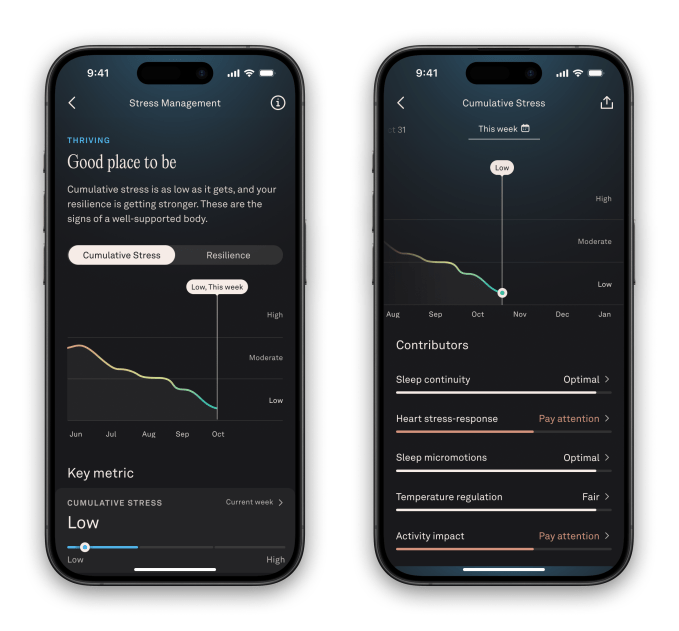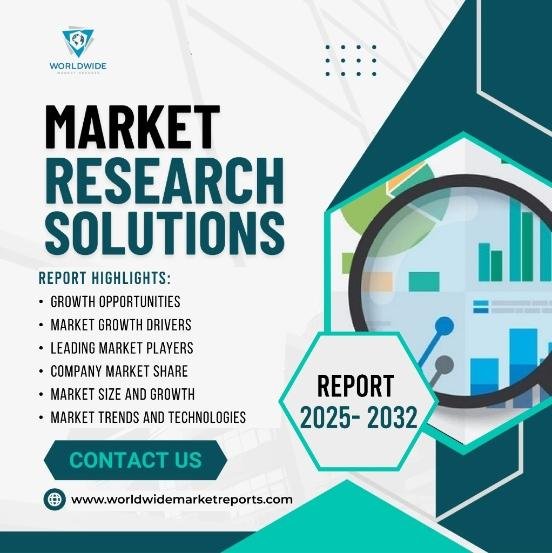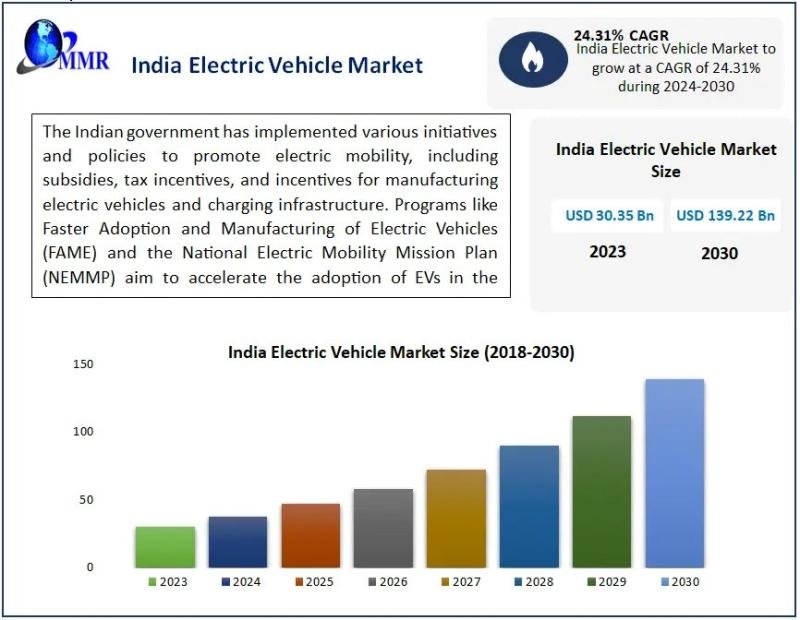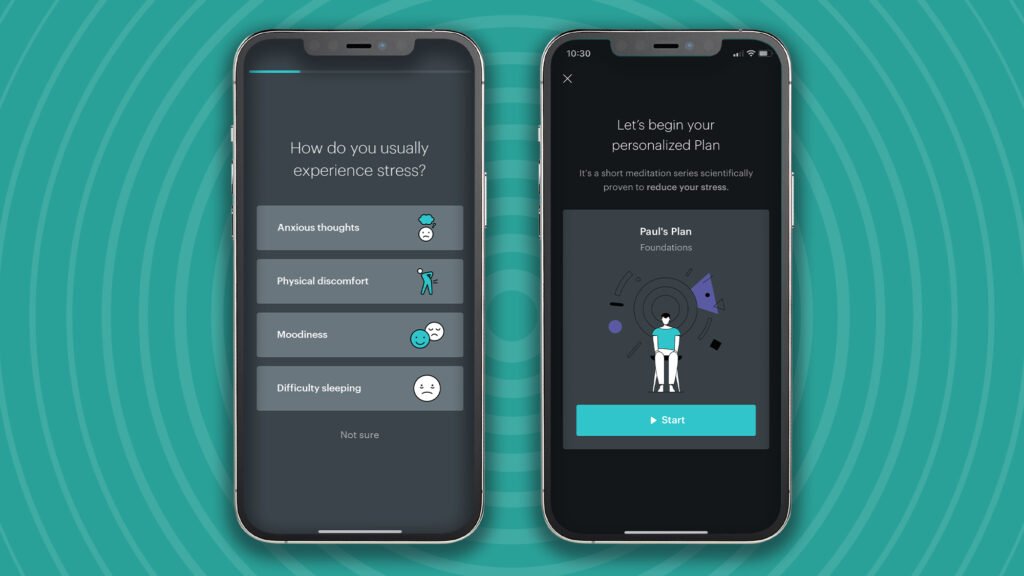October 22, 2025 – In a significant recalibration of investor priorities, Tesla (NASDAQ: TSLA) is increasingly being valued not just as a pioneer in electric vehicles (EVs), but as a burgeoning artificial intelligence and robotics powerhouse. This dramatic shift in sentiment comes at a crucial time, as projections indicate a slowdown in the company’s core EV sales, largely due to intensifying competition and the recent expiration of key federal tax credits. Despite these automotive headwinds, the promise of an AI-driven future—from autonomous driving to humanoid robots—has propelled Tesla’s market valuation to dizzying heights, reflecting a broader market trend of prioritizing future AI potential over present financial realities.
The pivot in investor focus underscores a growing conviction that Tesla’s true long-term value lies beyond its automotive manufacturing. While the company reported a record 497,099 vehicle deliveries in Q3 2025, analysts anticipate a challenging Q4 and beyond, with some forecasting a significant drop in sales following the September 30, 2025, expiration of the $7,500 federal EV tax credit. Aggressive price cuts to maintain market share have also compressed margins, leading to lower earnings per share despite increased revenue. Amidst this backdrop, CEO Elon Musk’s persistent narrative of Tesla as an AI and robotics leader has resonated deeply, convincing investors to look past current automotive struggles and bet on a future defined by high-margin software and revolutionary hardware.
Tesla’s AI Ecosystem: From Self-Driving to Humanoid Robotics
Tesla’s AI strategy is multifaceted, anchored by several ambitious projects that aim to transform transportation, logistics, and even labor. Central to this vision is the company’s Full Self-Driving (FSD) software. As of October 2025, Tesla introduced FSD v14, which boasts enhanced navigation capabilities and improved handling of emergency vehicles. The company is actively pushing FSD as a significant revenue stream, offering it as both a one-time purchase and a subscription service, with aspirations for millions of subscribers. The practical application of this technology has already begun, with Tesla initiating its robotaxi service in Austin in June 2025, and subsequently expanding testing to nine cities. A dedicated “Cybercab” robotaxi model, targeting a price point around $30,000, is slated for production in 2026, promising to revolutionize personal transportation and potentially add trillions to Tesla’s valuation.
Beyond autonomous vehicles, Tesla’s Optimus humanoid robot stands as another cornerstone of its AI ambitions. Elon Musk has boldly stated that Optimus could eventually account for approximately 80% of Tesla’s future value. The company aims for full-scale production in early 2026, with an audacious target of a million units per year within the next five years, and prototypes for Generation 3 expected by the end of 2025. While the project has faced production delays, with initial 2025 scaling goals for 5,000 units reduced to only hundreds built so far, the long-term vision remains a powerful draw for investors.
A significant technical evolution occurred in Tesla’s AI infrastructure during August and October 2025, with the official halting of the in-house Dojo supercomputer project. Initially designed to train AI for Autopilot, FSD, and Optimus using Tesla’s D1 chip for “vision-only” autonomous driving, Dojo 2 was ultimately deemed an “evolutionary dead end” by Elon Musk. Instead, Tesla has strategically shifted its resources to developing more versatile AI5 and AI6 chips. These new chips, produced by TSMC (NYSE: TSM) and Samsung (KRX: 005930) respectively, are designed to handle both inference and training tasks across cars, robots, and general AI training. This pivot signifies a move towards a more flexible and robust AI hardware foundation, complementing its large-scale GPU training cluster, “Cortex,” in Austin, which reportedly expanded to approximately 67,000 H100-equivalent GPUs in Q2 2025. This departure from a proprietary, vision-centric architecture towards a more generalized and externally-sourced chip strategy highlights Tesla’s adaptability and commitment to leveraging the best available technology for its diverse AI ecosystem.
Competitive Landscape and Market Disruption
Tesla’s aggressive push into AI and robotics positions it as a formidable competitor not only to traditional automakers but also to established tech giants and emerging AI startups. By focusing on integrating hardware and software across multiple domains—from vehicles to humanoids—Tesla is carving out a unique strategic advantage. Companies like Alphabet (NASDAQ: GOOGL) with Waymo, Amazon (NASDAQ: AMZN) with its robotics divisions, and various specialized autonomous driving startups face a different kind of rival in Tesla: one that controls the entire stack from chip design (or at least core chip architecture) to end-user hardware and software.
The potential for disruption is immense. If Tesla successfully scales its robotaxi service, it could fundamentally alter urban transportation, challenging ride-sharing giants and even public transport systems. The widespread deployment of Optimus could revolutionize industrial automation, logistics, and even domestic labor, potentially impacting job markets and creating entirely new service economies. This integrated approach, where data from millions of vehicles feeds into AI training for both FSD and Optimus, creates a powerful feedback loop that few other companies can replicate. While the execution risks are high, the strategic vision offers Tesla a competitive moat that extends far beyond manufacturing electric cars, allowing it to compete for talent and investment in the cutting-edge fields of AI and robotics.
The Broader AI Landscape and Investment Trends
Tesla’s current valuation, heavily buoyed by its AI prospects, is emblematic of a broader trend sweeping the tech industry: the increasing premium placed on future AI-driven growth. Wall Street analysts, such as Dan Ives of Wedbush, are now forecasting Tesla’s valuation could reach $2 trillion by early 2026 and potentially $3 trillion by year-end, contingent on the successful ramp-up of its autonomy and robotics efforts. This valuation model diverges sharply from traditional automotive metrics, aligning more closely with the speculative growth narratives seen in leading software and AI companies.
This shift signifies a maturation in the market’s understanding of AI’s transformative potential. Investors are increasingly willing to overlook near-term financial challenges in established businesses if a company demonstrates a credible path to dominating future AI-driven markets. However, this also raises potential concerns about market exuberance and the risk of an “AI bubble,” reminiscent of past tech booms. The challenge lies in distinguishing genuine, sustainable AI innovation from speculative hype. Tesla’s situation serves as a critical test case: can a company with significant hardware manufacturing overhead successfully transition its narrative and valuation to that of a pure-play AI leader, or will the realities of scaling complex AI and robotics solutions temper these lofty expectations? The outcome will undoubtedly influence investment strategies across the entire tech sector, from established giants to nimble AI startups, dictating how capital is allocated and what types of innovation are prioritized.
Future Developments on the Horizon
Looking ahead, the coming months and years will be critical for Tesla’s AI ambitions. Near-term, the focus will be on the continued rollout and refinement of FSD v14, alongside the expansion of the robotaxi service beyond its initial testing cities. The successful production and deployment of the dedicated Cybercab model in 2026 will be a key milestone. For Optimus, the delivery of Generation 3 prototypes by the end of 2025 and the commencement of full-scale production in early 2026 will be closely watched indicators of progress. The performance of the new AI5 and AI6 chips in both training and inference tasks, particularly as they integrate into Tesla’s vehicle and robot platforms, will also be crucial.
Longer-term, the vision extends to the widespread adoption of FSD, enabling a truly ubiquitous robotaxi network that could fundamentally change urban mobility. The mass deployment of Optimus robots across various industries and homes could unlock unprecedented levels of automation and productivity. However, significant challenges remain. Scaling production of both Cybercabs and Optimus robots to the ambitious targets will require overcoming complex manufacturing hurdles. Regulatory approval for fully autonomous vehicles and humanoid robots across diverse jurisdictions will be a continuous process. Furthermore, public acceptance and ethical considerations surrounding advanced AI and robotics will need to be carefully addressed. Experts predict that Tesla’s ability to execute on these ambitious projects, coupled with its capacity to navigate regulatory landscapes and garner public trust, will ultimately determine whether its AI-driven valuation proves to be a visionary forecast or an overly optimistic projection.
A Defining Moment for Tesla and the AI Industry
Tesla’s current trajectory marks a defining moment, not just for the company, but for the broader artificial intelligence industry. The shift in investor focus from EV sales to AI potential underscores a powerful narrative: that the future of technology, and indeed much of the global economy, will be profoundly shaped by advancements in AI and robotics. Tesla’s audacious bets on FSD, robotaxis, and Optimus, backed by its evolving AI chip strategy, represent a high-stakes gamble on becoming a leader in “physical AI”—AI that interacts with and operates in the real world.
The key takeaway is that the market is increasingly willing to assign immense value to companies demonstrating credible long-term AI vision and execution, even if their traditional business segments face immediate challenges. This development highlights the growing belief in AI’s transformative power and its potential to unlock unprecedented revenue streams and market capitalization. However, it also serves as a reminder of the inherent risks in such forward-looking valuations. The coming weeks and months will be crucial. Investors will be closely watching for tangible progress in FSD capabilities, the successful rollout of the Cybercab, and concrete advancements in Optimus production and functionality. Tesla’s journey will undoubtedly offer valuable lessons on the interplay between innovative technology, market sentiment, and the complex realities of bringing advanced AI to a global scale.
This content is intended for informational purposes only and represents analysis of current AI developments.
TokenRing AI delivers enterprise-grade solutions for multi-agent AI workflow orchestration, AI-powered development tools, and seamless remote collaboration platforms.
For more information, visit https://www.tokenring.ai/.








